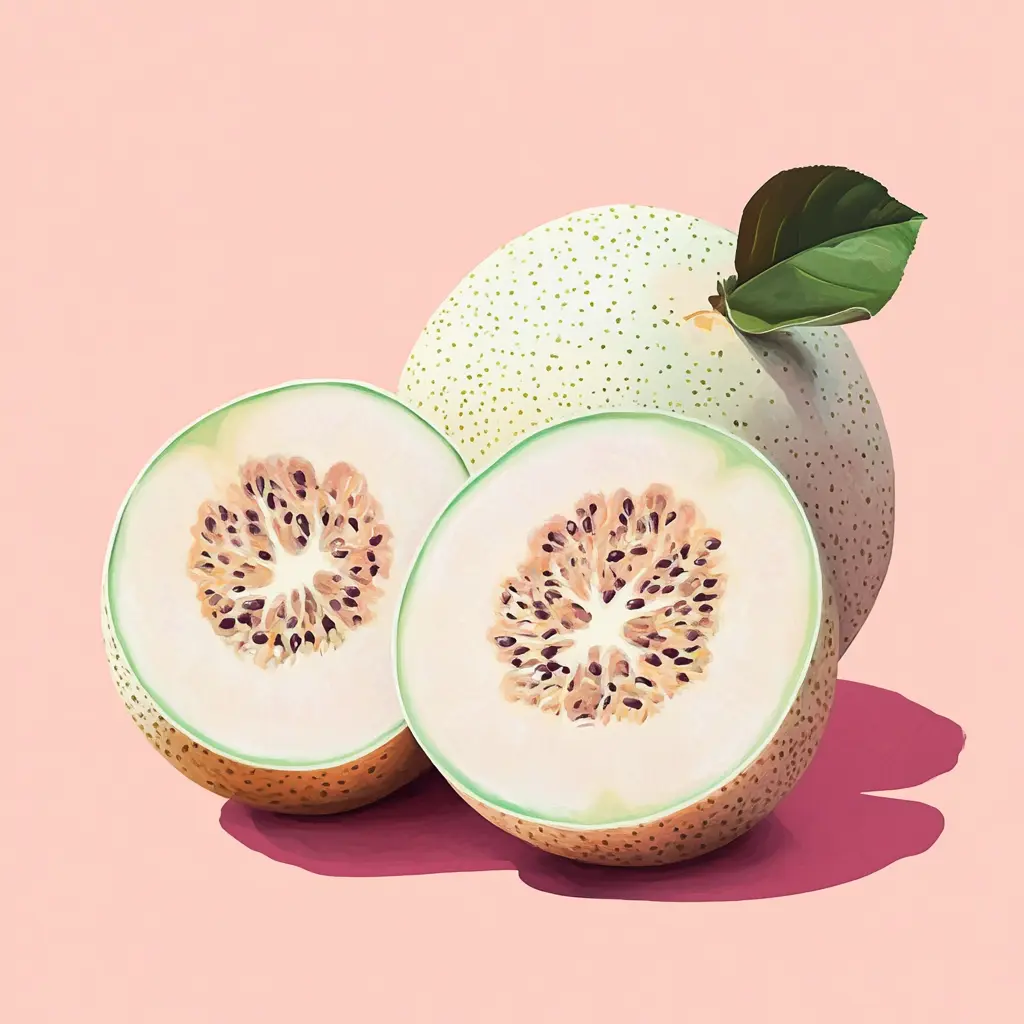As more people search for healthier sugar alternatives, monk fruit has become a popular choice. But have you ever wondered about its journey to popularity? Join us as we dive into the history of monk fruit and how it has evolved to become a staple in modern diets.
The Ancient Roots of Monk Fruit
Monk fruit, also known as Luo Han Guo, originates from Southern China. For centuries, it has been used by monks not only as a medicinal fruit but also as a way to sweeten their foods and beverages. The fruit’s unique properties were recorded in Chinese texts as a remedy for coughs and sore throats.
The monks who first cultivated monk fruit were known as the Luo Han, Buddhist priests dedicated to attaining enlightenment. According to legends and historical records, they recognized the fruit’s exceptional sweetness and began using it in their medicinal teas. Despite being called fruit, it’s actually a member of the gourd family, aligning it closer to cucumbers and melons rather than the typical sugary produce monk fruit gourd family.
Interestingly, the cultivation of monk fruit remained localized for centuries. It was not traditionally documented in Chinese herbal medicine due to its rarity and the difficulty in cultivation. However, it was often used in local remedies for ‘cooling drinks’ to alleviate inflammation and respiratory discomfort traditional uses. This scarcity only added to its mystique and significance, providing not just sweetness but spiritual satisfaction to those who cultivated and consumed it.
Rediscovery in the Modern World
The journey of monk fruit from a local treasure to a global phenomenon began in the 20th century. It was during this time that researchers and health enthusiasts started exploring traditional ingredients for their potential health benefits. Monk fruit gained attention due to its intense sweetness and lack of calories, positioning it as a desirable sugar substitute.
Monk Fruit’s modern rediscovery is a testament to its long-standing appeal and benefits. During the 1930s, an expedition funded by the National Geographic Society sought out the fruit, further popularizing it in the Western world. The fruit’s value lay in a sweet compound called mogrosides, which is up to 250 times sweeter than sucrose. This expedition helped illuminate the fruit’s potential to a larger audience, setting the stage for its contemporary prominence National Geographic expedition.
As health consciousness rose globally, people began seeking alternatives to caloric and processed sweeteners, leading to monk fruit’s surge in popularity. The fruit’s extracts became a staple in several low-calorie products almost overnight. The FDA’s approval of monk fruit as a safe sweetener in 2010 marked a pivotal moment, cementing its status as a viable sugar alternative monk fruit extract approval.
The Role of Science in Monk Fruit’s Popularity
Scientific advancements allowed the extraction of mogrosides, the compounds responsible for monk fruit’s sweetness. This process made it possible to create sweeteners that could replace sugar in various products without the added calories or glycemic impact, attracting those looking for healthier options.
Mogrosides, the powerhouse behind monk fruit’s sweetness, are also revered for their potential antioxidant properties, which make them appealing beyond just their caloric advantage. Purified extracts allow for a wide application without the bitterness found in other sweeteners, thanks to innovative extraction methods pioneered by various food science companies.
Another remarkable aspect of monk fruit is its potential health benefits that science is still unraveling. Some research studies suggest that these compounds may help in reducing oxidative stress and controlling blood sugar levels. Although these findings are promising, it’s important to continue research to fully understand the scope of benefits monk fruit offers potential health benefits.
Monk Fruit in Today’s Market
Today, monk fruit is featured in numerous products, ranging from sweeteners and beverages to baking mixes. Its appeal lies in offering a natural alternative without compromising on taste. As consumers become more conscious of what they consume, monk fruit continues to grow in popularity as a trusted sugar alternative.
Brands around the world emphasize monk fruit in their sweetening products, appealing to a market seeking natural yet potent sweet options. With increased availability both online and in supermarkets, monk fruit blends offer versatility, often combined with other natural sweeteners like erythritol to provide a reduced-sugar experience without sacrificing flavor versatile sweet options.
As society becomes more health-driven, the role of monk fruit in promoting better lifestyle choices cannot be overstated. Many companies, like Perfy, leverage its popularity to create beverages that deliver flavor without health detriments. To learn more about their innovative drink solutions, explore our detailed insights on soda alternatives and blood sugar effects as part of your journey to healthier consumption.
Embracing the Sweetness of Monk Fruit
The transformation of monk fruit from an ancient medicinal fruit to a modern sugar alternative highlights its significant benefits and versatility. As we continue to seek better health options, monk fruit stands out as a testament to nature’s solutions meeting today’s demands. Whether you’re looking to cut sugar intake or explore natural sweeteners, monk fruit offers a delightful and healthy choice.




